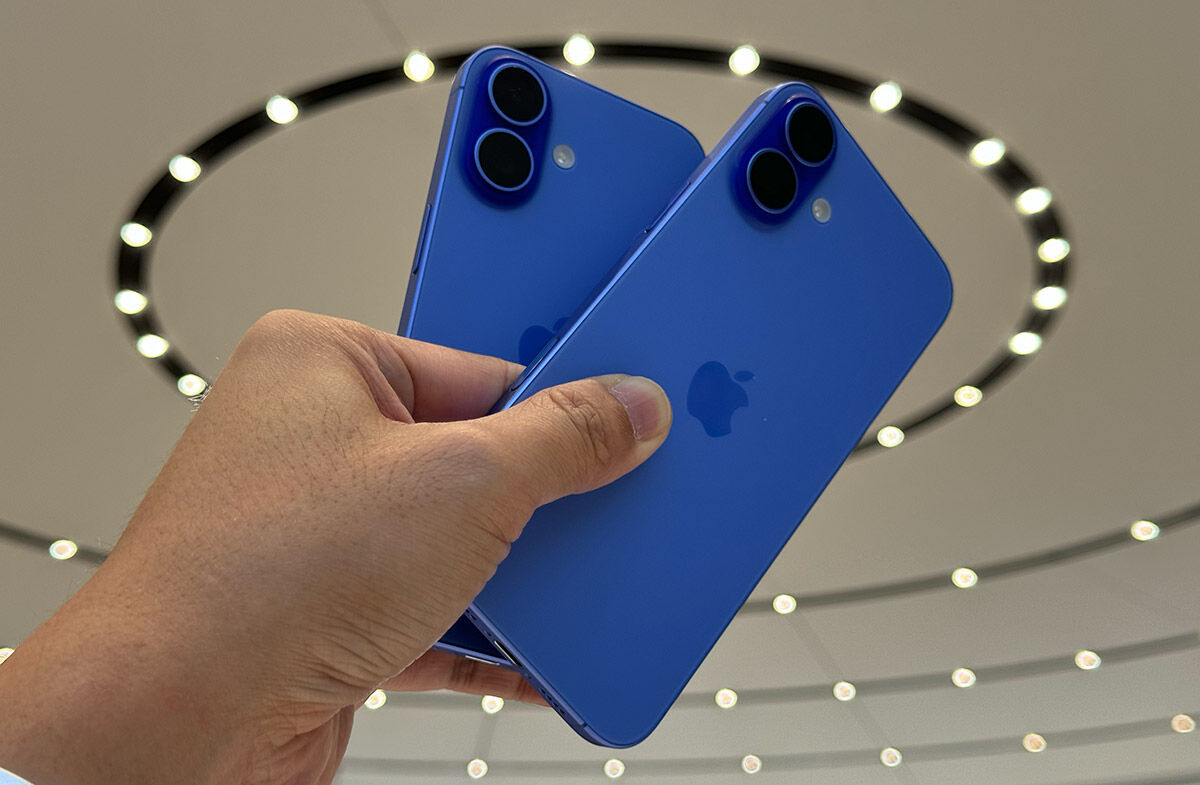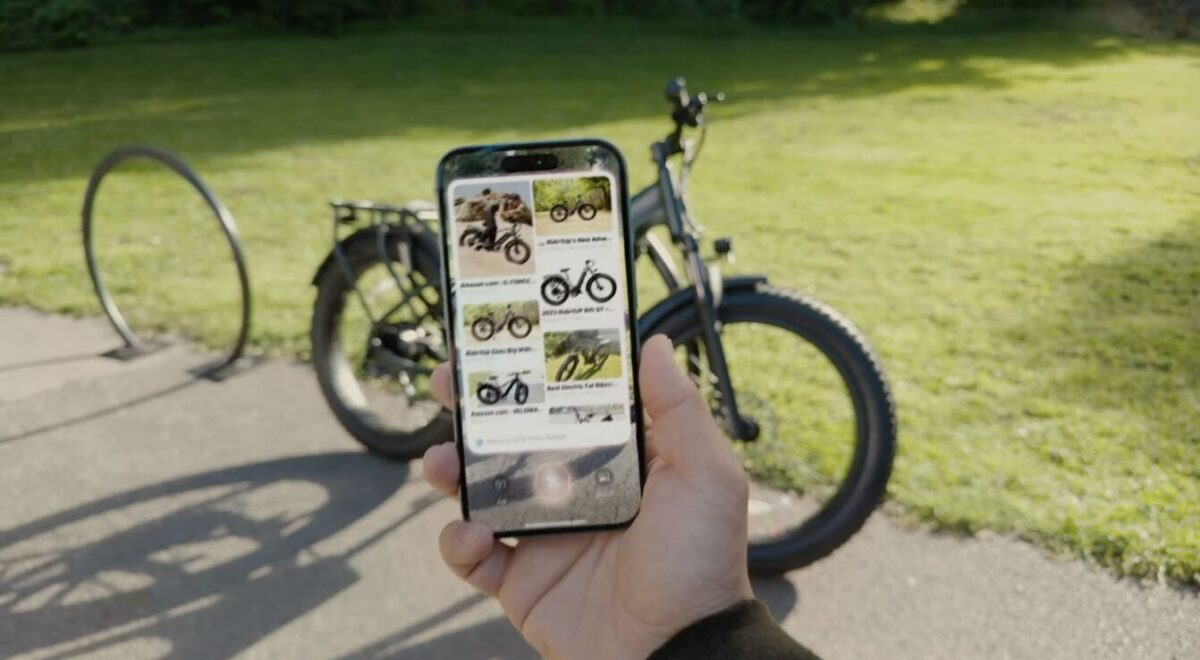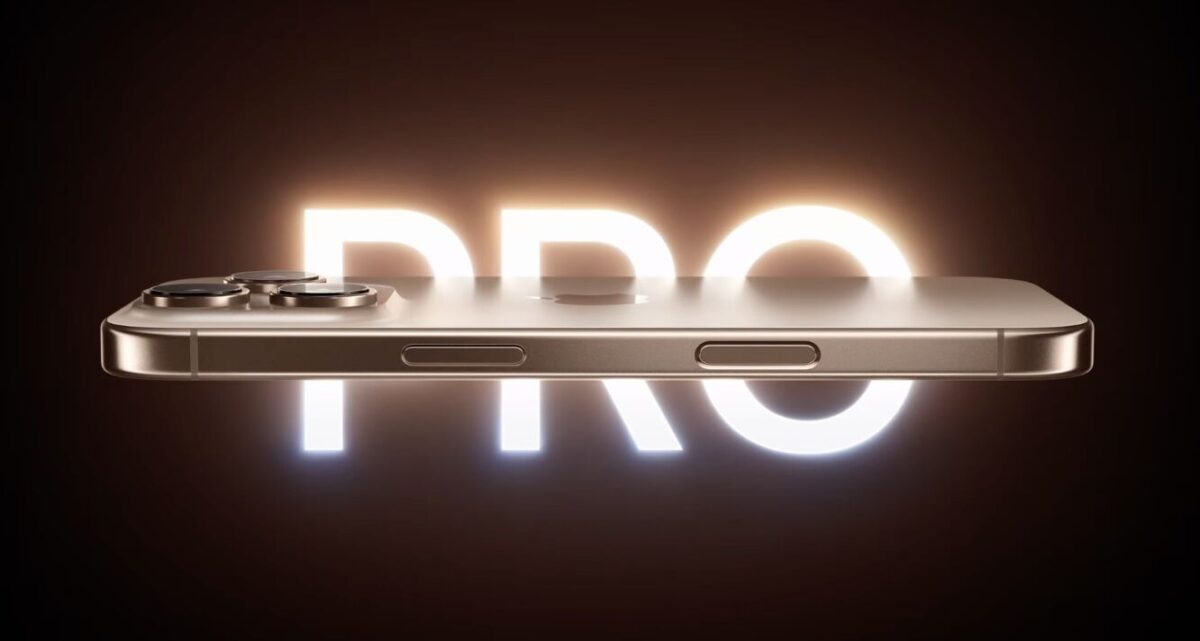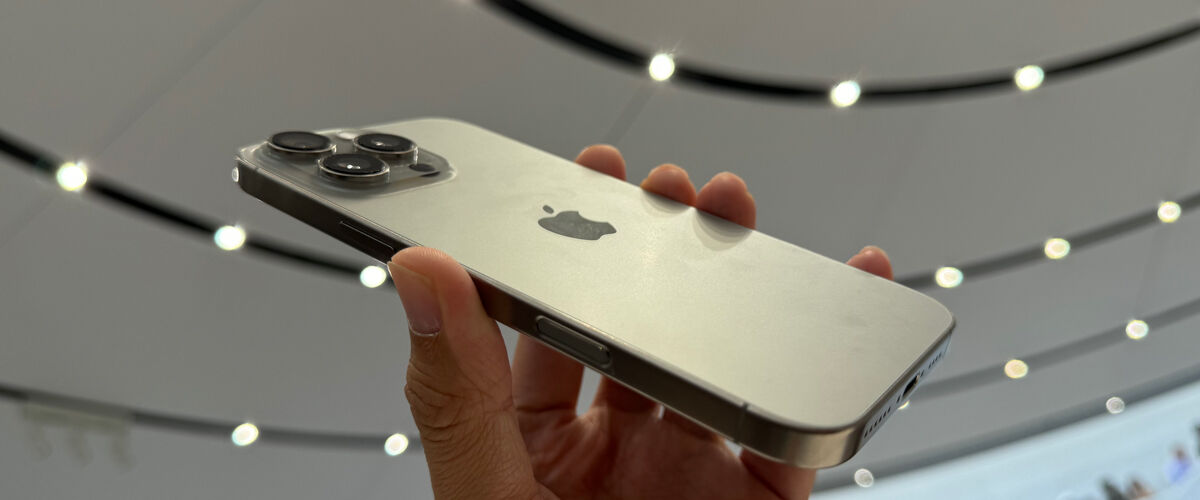September may be a typical month for most, but longtime Apple enthusiasts would recognise it as the time for yearly iPhone refreshes. Soaking up the buzz surrounding its latest event, held on 9/10 September with the “It’s Glowtime” tagline, the Cupertino giant has lifted the curtain on its next generation of smartphones.
Jumping from the A16 chip to A18, the iPhone 16 series boasts more CPU and GPU cores, as well as a faster 16-core Neural Engine for better AI processing. According to the company, users can expect 30 percent faster CPU performance than the iPhone 15 and a 40 percent boost in GPU prowess. The chip also delivers improved gaming performance with hardware-accelerated ray tracing and five times faster frame rates, proving capable of running AAA games like Assassin’s Creed Mirage and Resident Evil 4.

The latest handset is made from “aerospace grade” aluminium, boasting both 6.1 and 6.7-inch display options. A dedicated Camera Control button on the side makes it possible to use swipe and tap gestures for camera app control, such as zooming in and out of images, or a long press to capture videos.
Photography wise, the iPhone 16 touts a vertical dual camera setup – as opposed to diagonal on previous iterations – that comprises a 48-megapixel (MP) main camera, and a new autofocusing 12MP ultra-wide camera described to be the “equivalent” of four lenses. Macro mode is also included for the first time, courtesy of improved light intake.

More notably, the device will join last year’s iPhone 15 Pro as the only members of the family to run Apple Intelligence. While certain features were already announced during WWDC, a new Google Lens-like search feature called Visual Intelligence made its debut, allowing users to quickly look up information by pointing the camera at a subject, much like with Google Lens. It won’t be available at launch, however.
Other notable Apple Intelligence features include the ability to summarise emails, text, or notifications, and search photos and videos in the gallery via a prompt. Once again, the iPhone 16 sports a 6.1-inch display, while the larger iPhone 16 Plus gets a 6.7-inch screen – the same sizes and 60Hz refresh rate as their predecessor.

As for the iPhone 16 Pro and Pro Max, both models are now outfitted with bigger screens: 6.3 inches and 6.9 inches respectively, versus 6.1 inches and 6.7 inches previously. Decked out in Grade 5 titanium, the lineup sports the A18 Pro chip, alongside a 16-core Neural Engine that doubles the speed of ray-tracing and packs 15 percent faster CPU performance than the iPhone 15 Pro.

The camera system, too, promises more oomph. The new offering ships with a 48MP “Fusion Camera”, a new 48MP ultrawide camera, and a 12MP 5x telephoto camera, alongside the same Camera Control button on the entire iPhone 16 lineup. It’s capable of shooting videos at 4K resolution and 120fps, with access to new photo styles that can understand skin tones and allow for real-time light and contrast adjustments.
Additionally, the iPhone 16 Pro range will be able to capture both spatial audio and video. Good news for musicians: an update coming to Voice Memos later this year unlocks the ability to layer a track over a recording. Rounding out the feature list is a “huge leap in battery life”, promising “the best battery life on the iPhone ever” on the latest Pro Max.

All four devices will be available from 20 September, with pre-orders opening on 13 September. The iPhone 16 starts at US$799 with 128GB of storage, while the iPhone 16 Plus cost US$899 for the same configuration. In comparison, the iPhone 16 Pro starts at US$999 with 128GB of storage, whereas the iPhone 16 Pro Max comes in at US$1,199 for 256GB.













